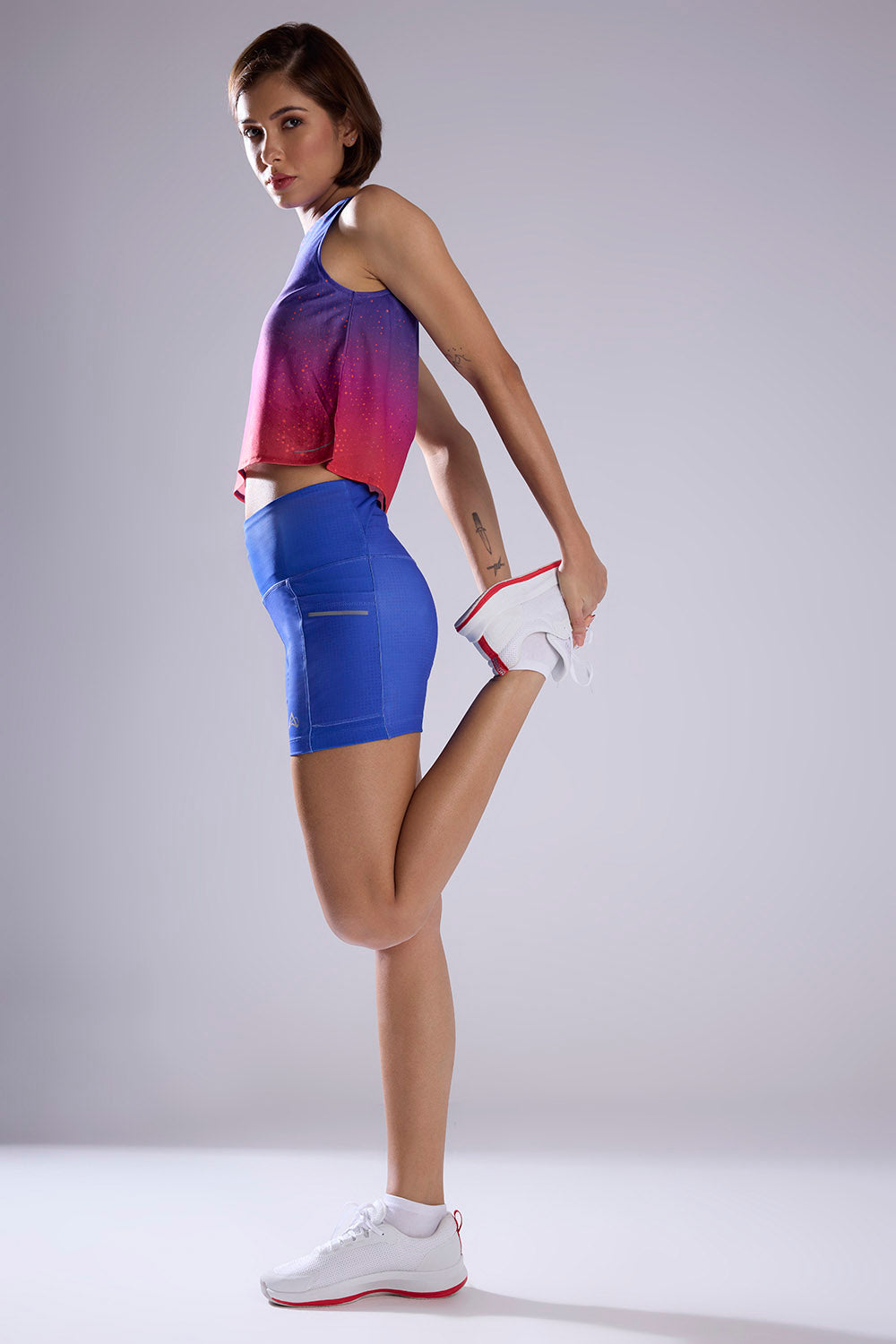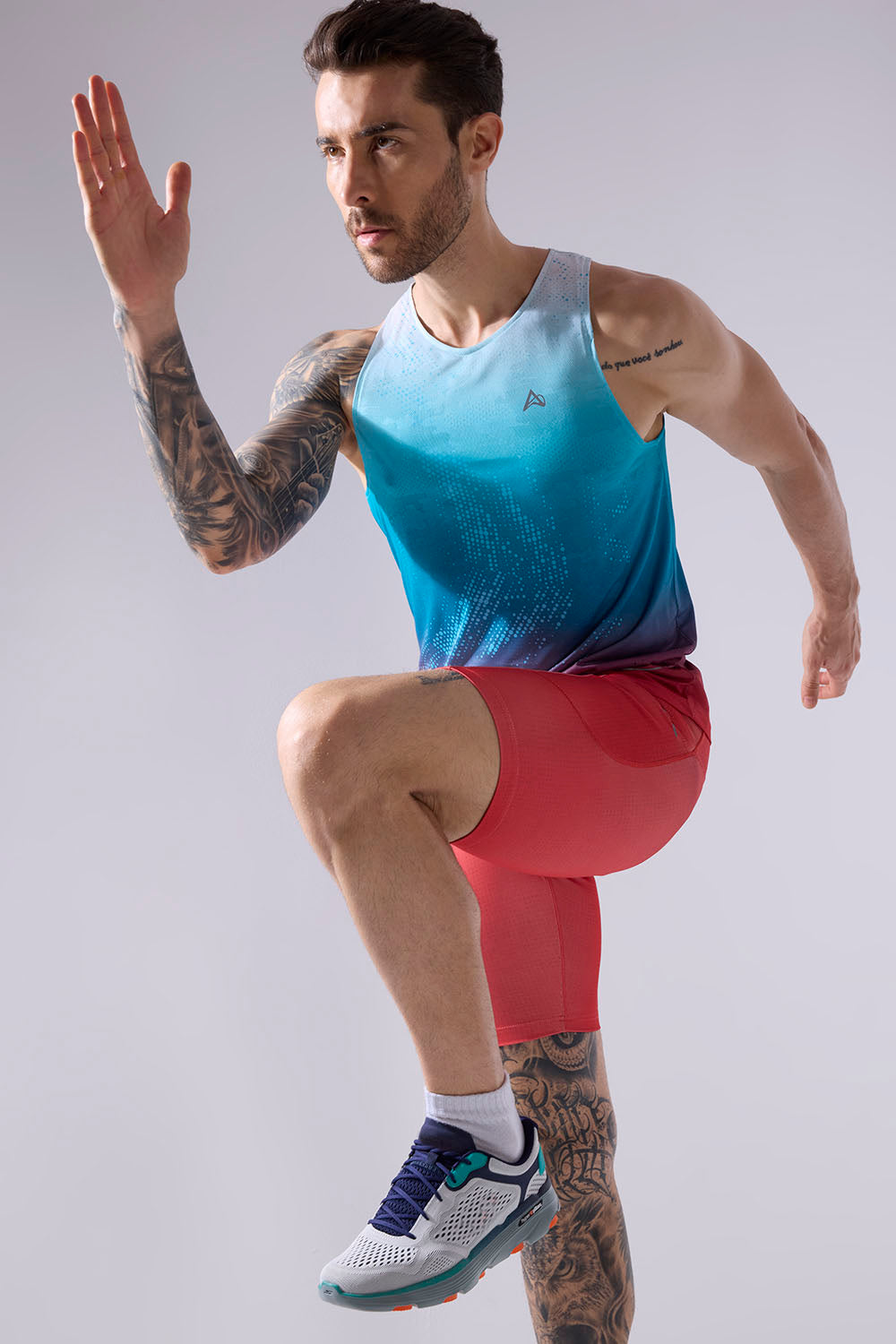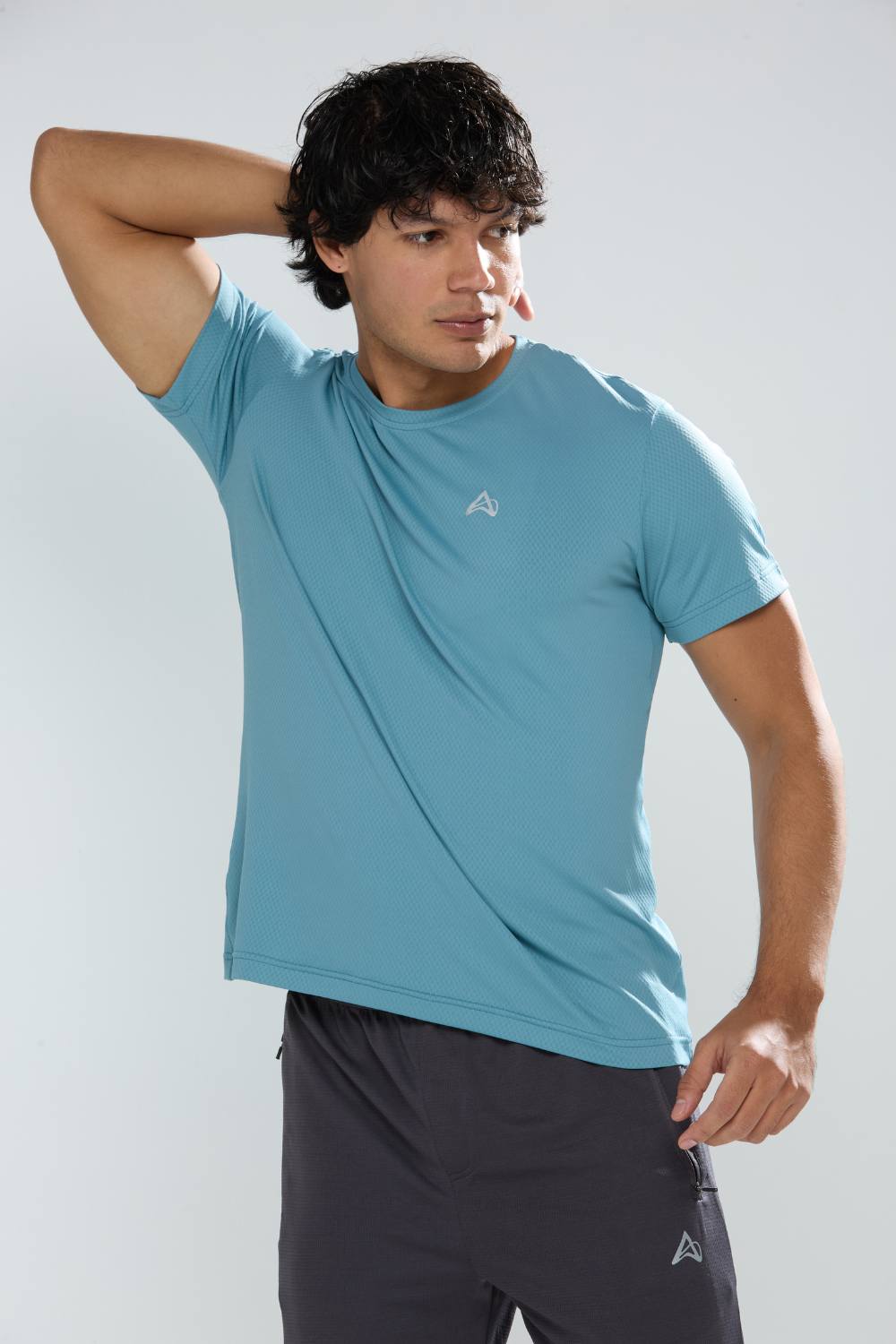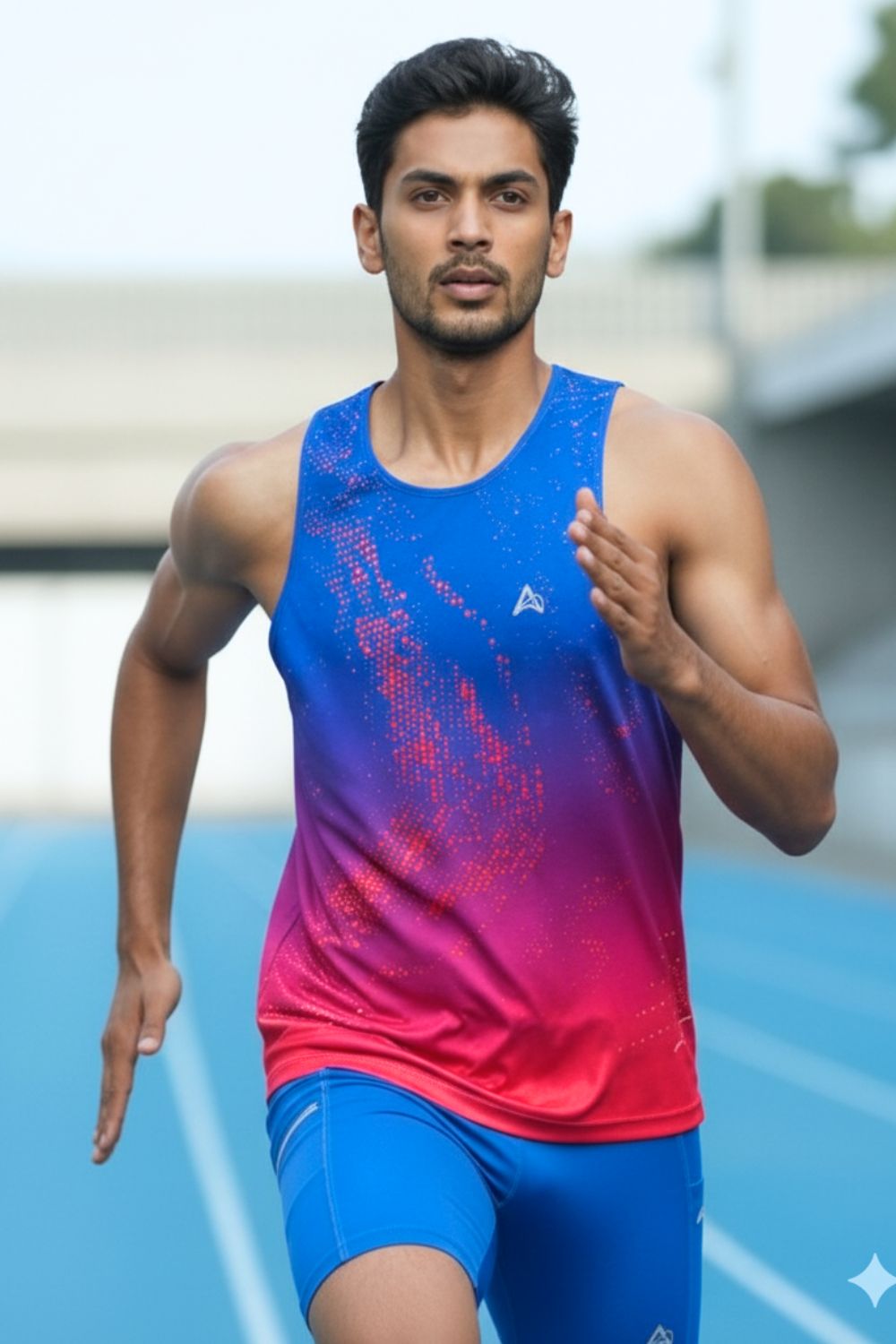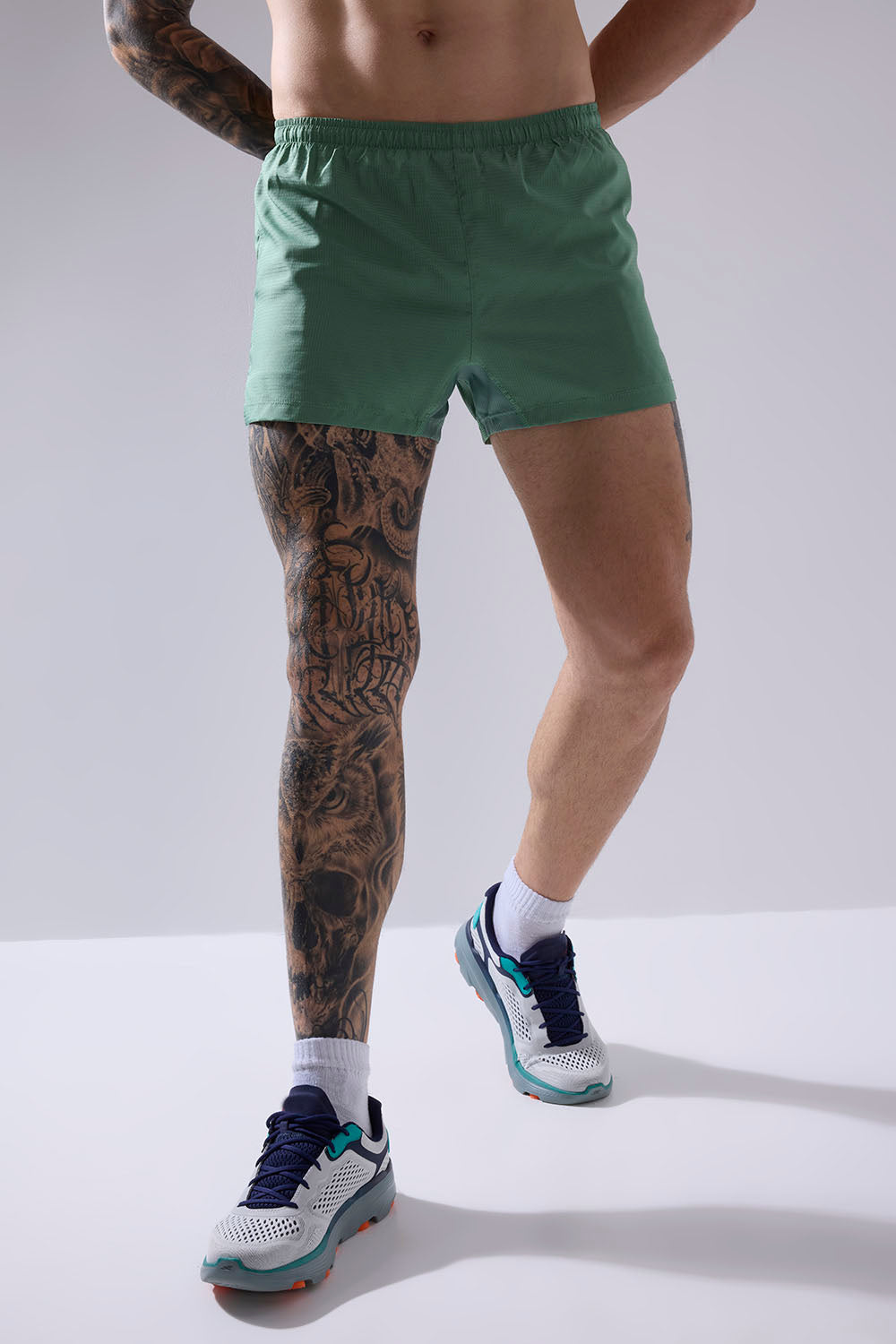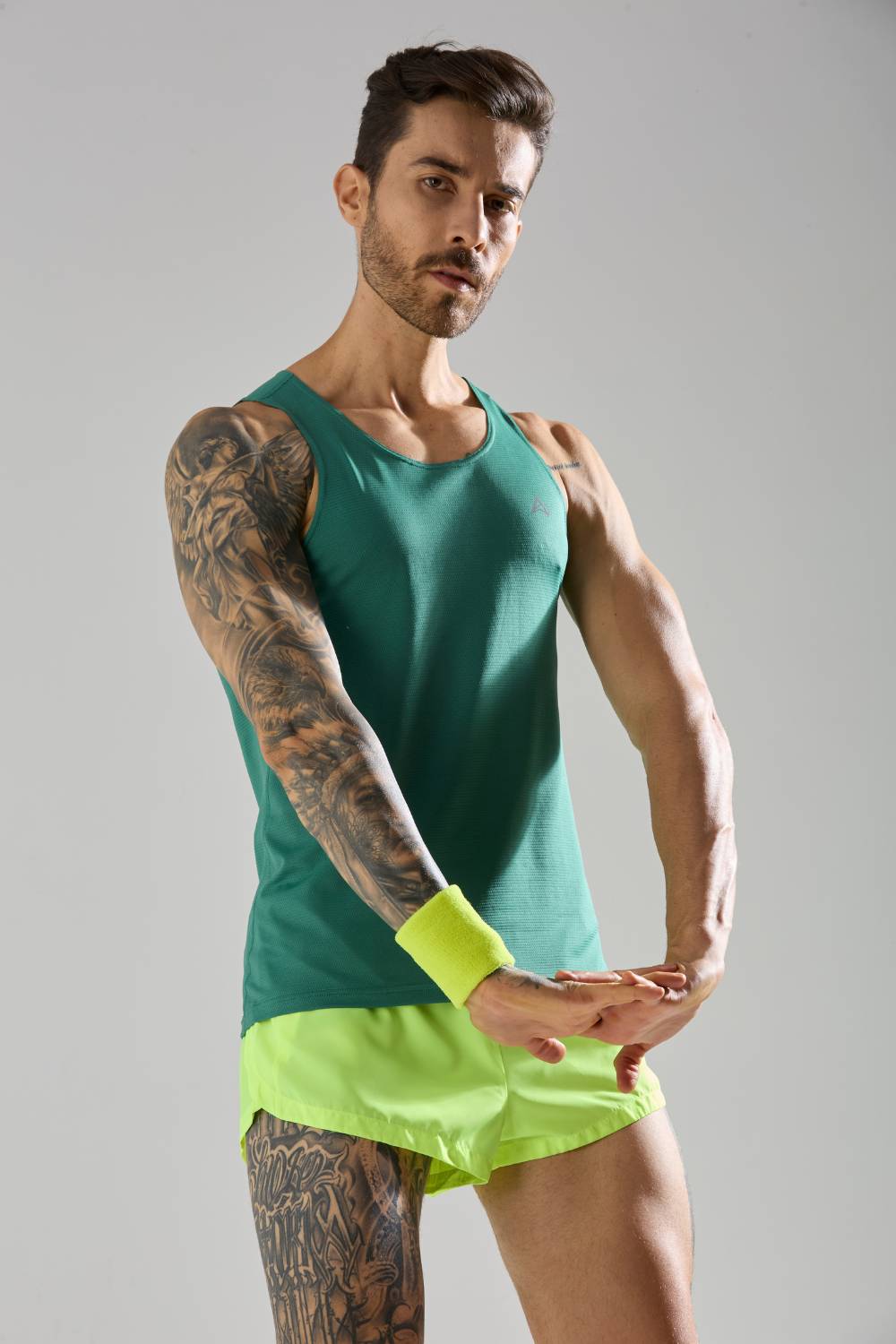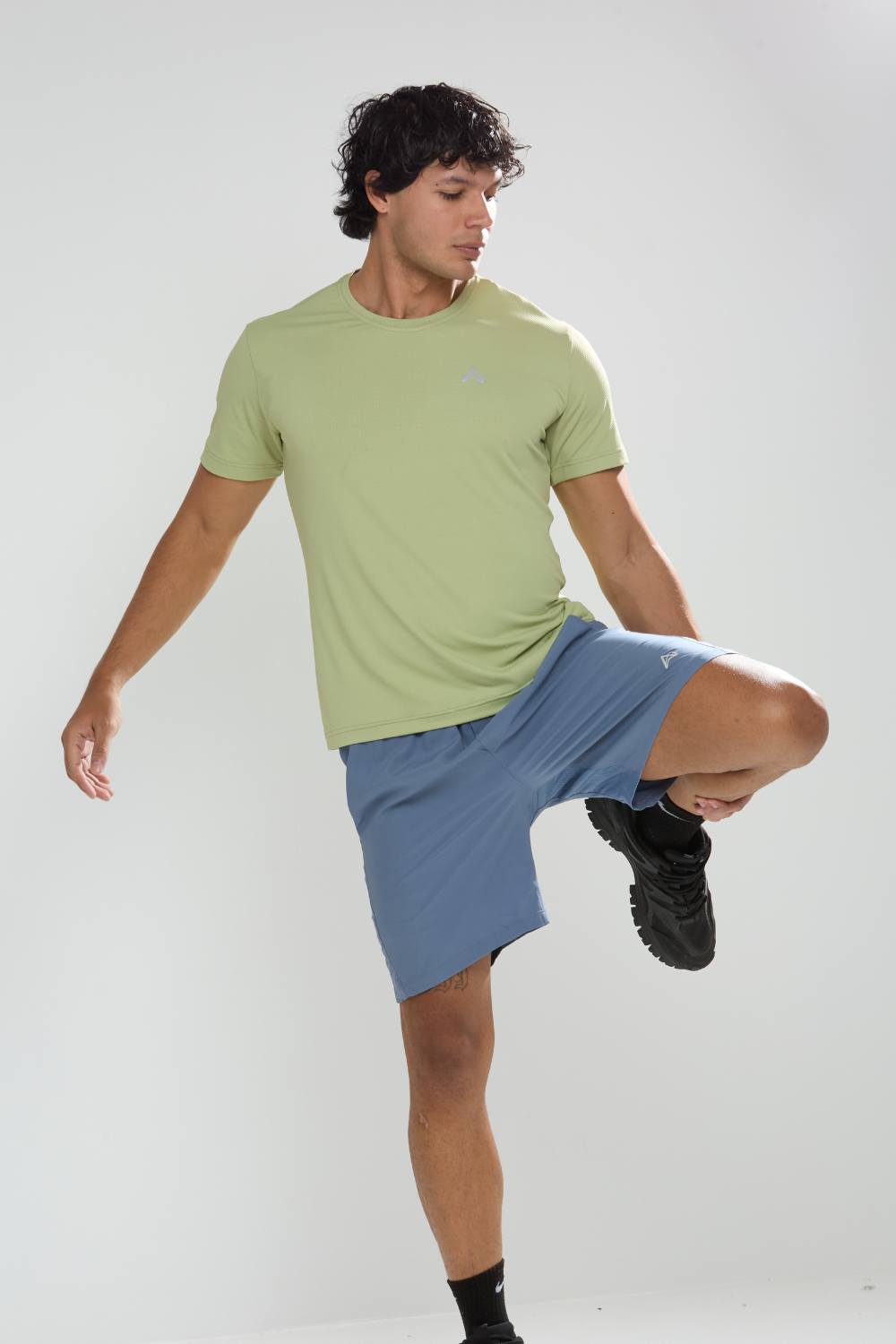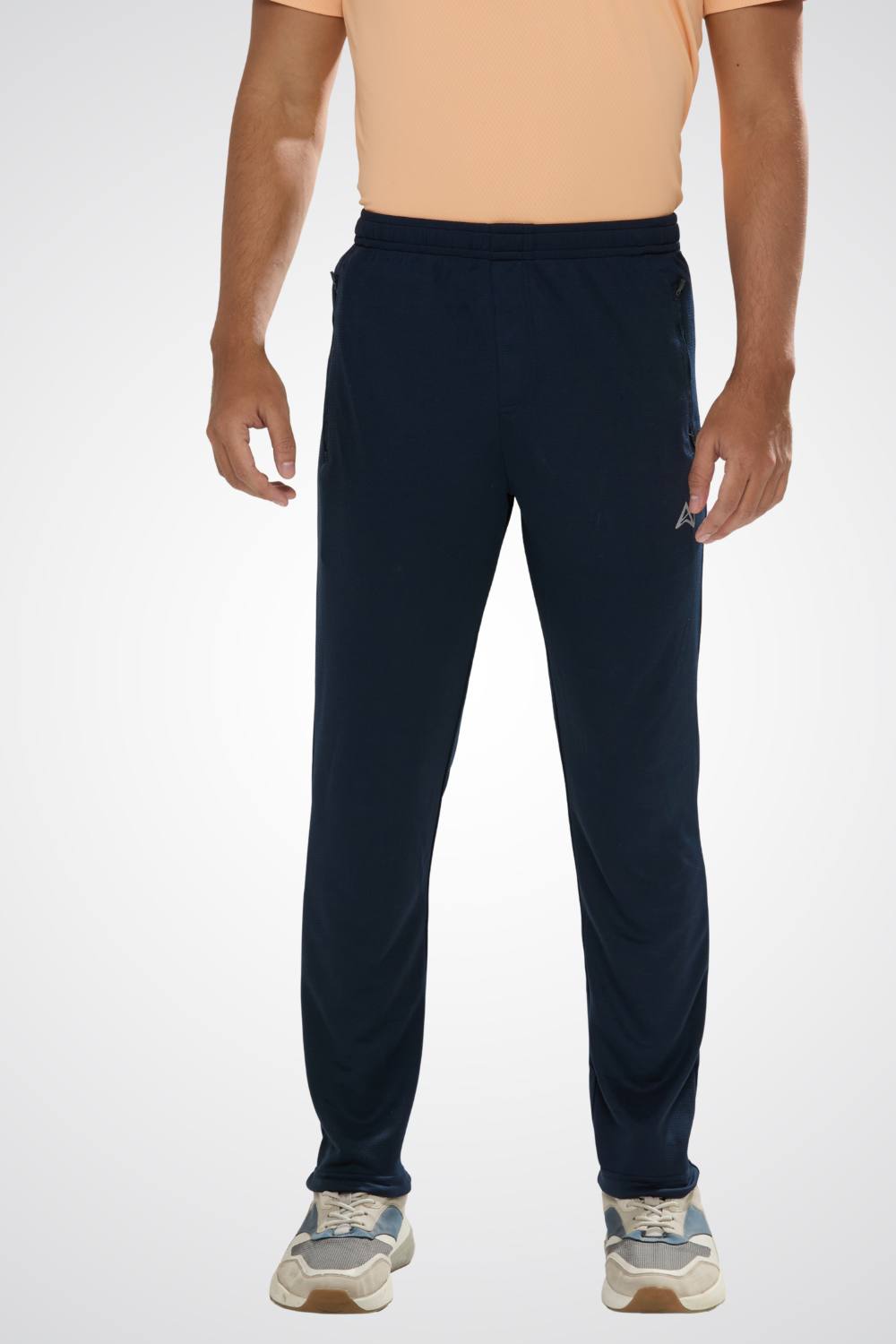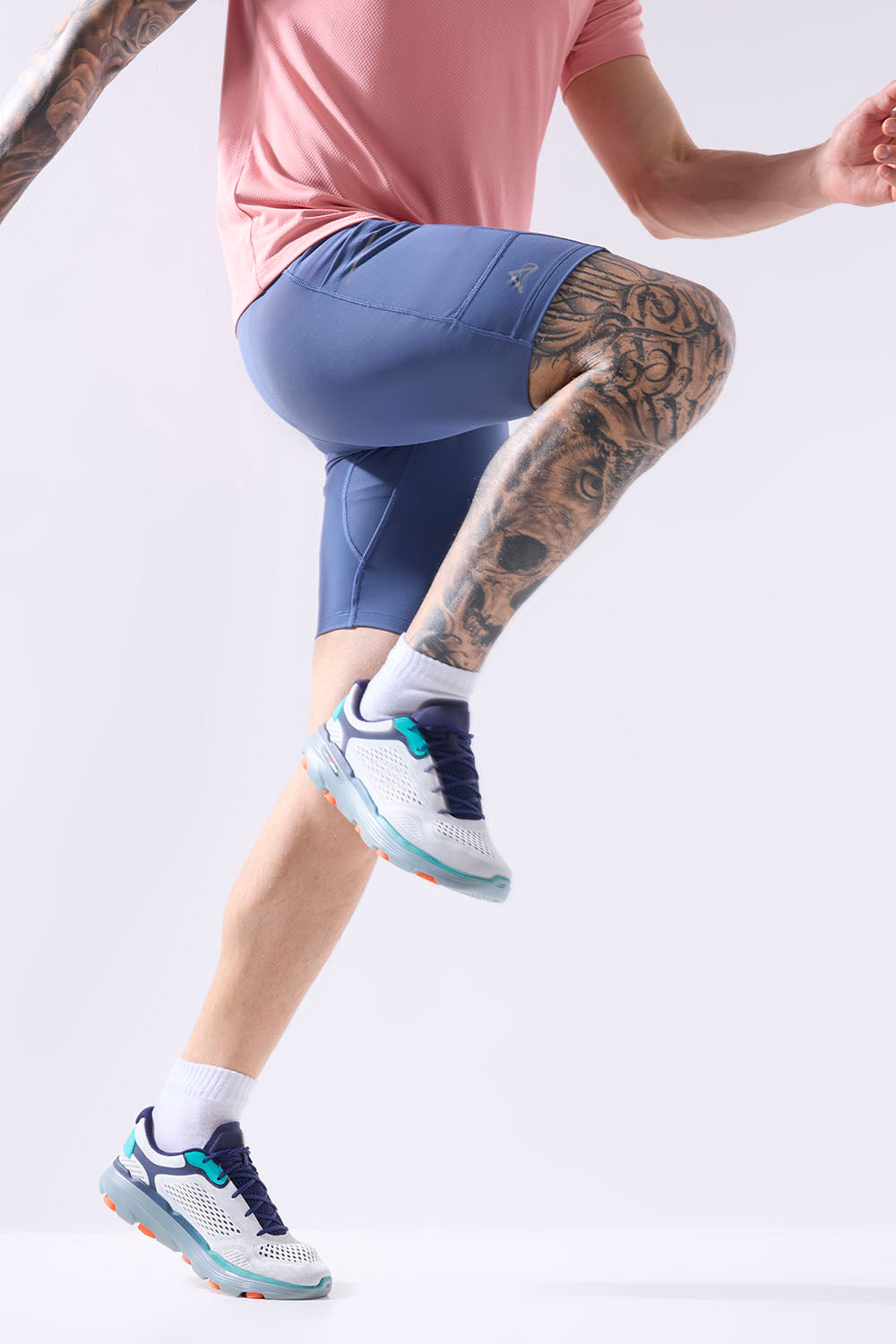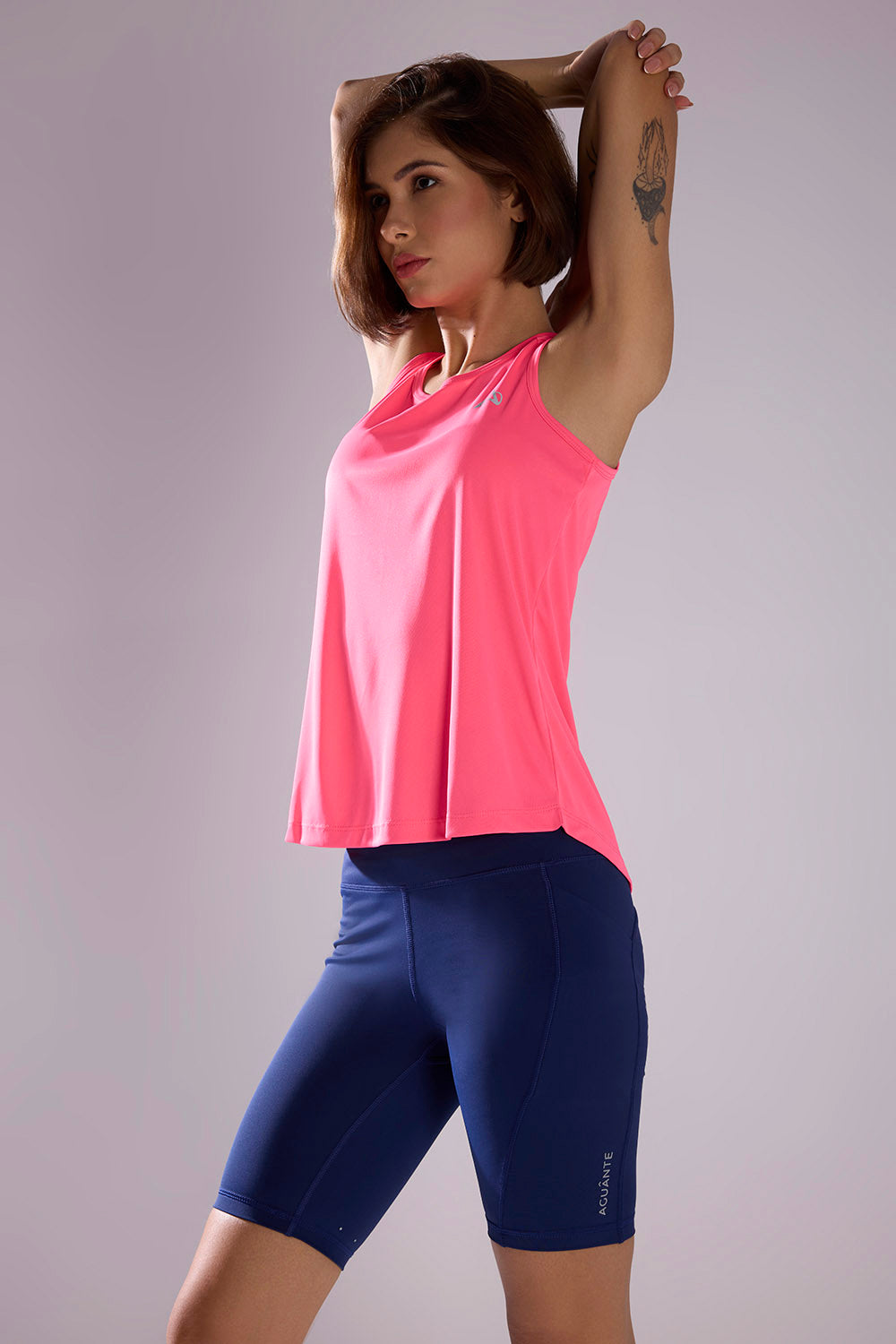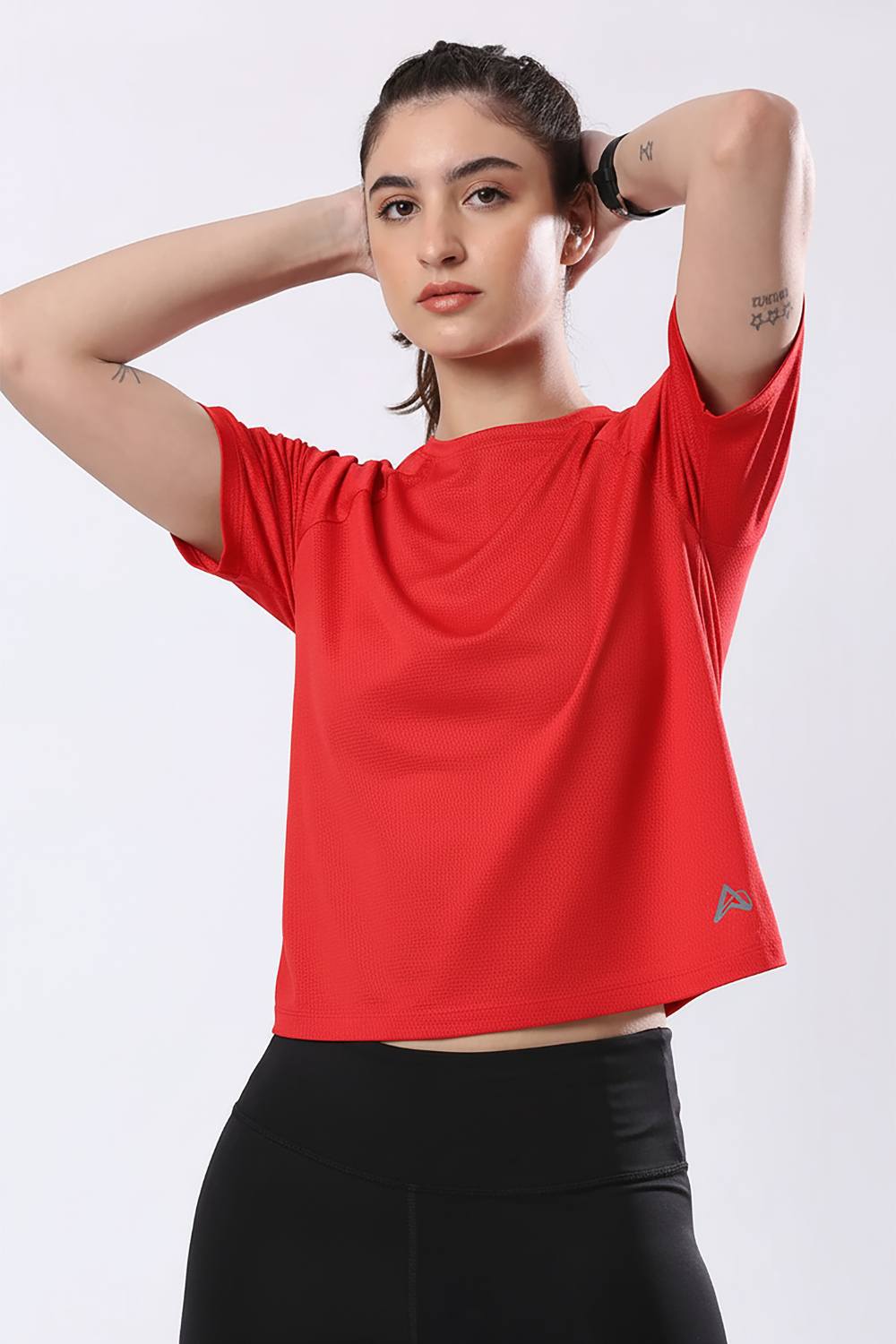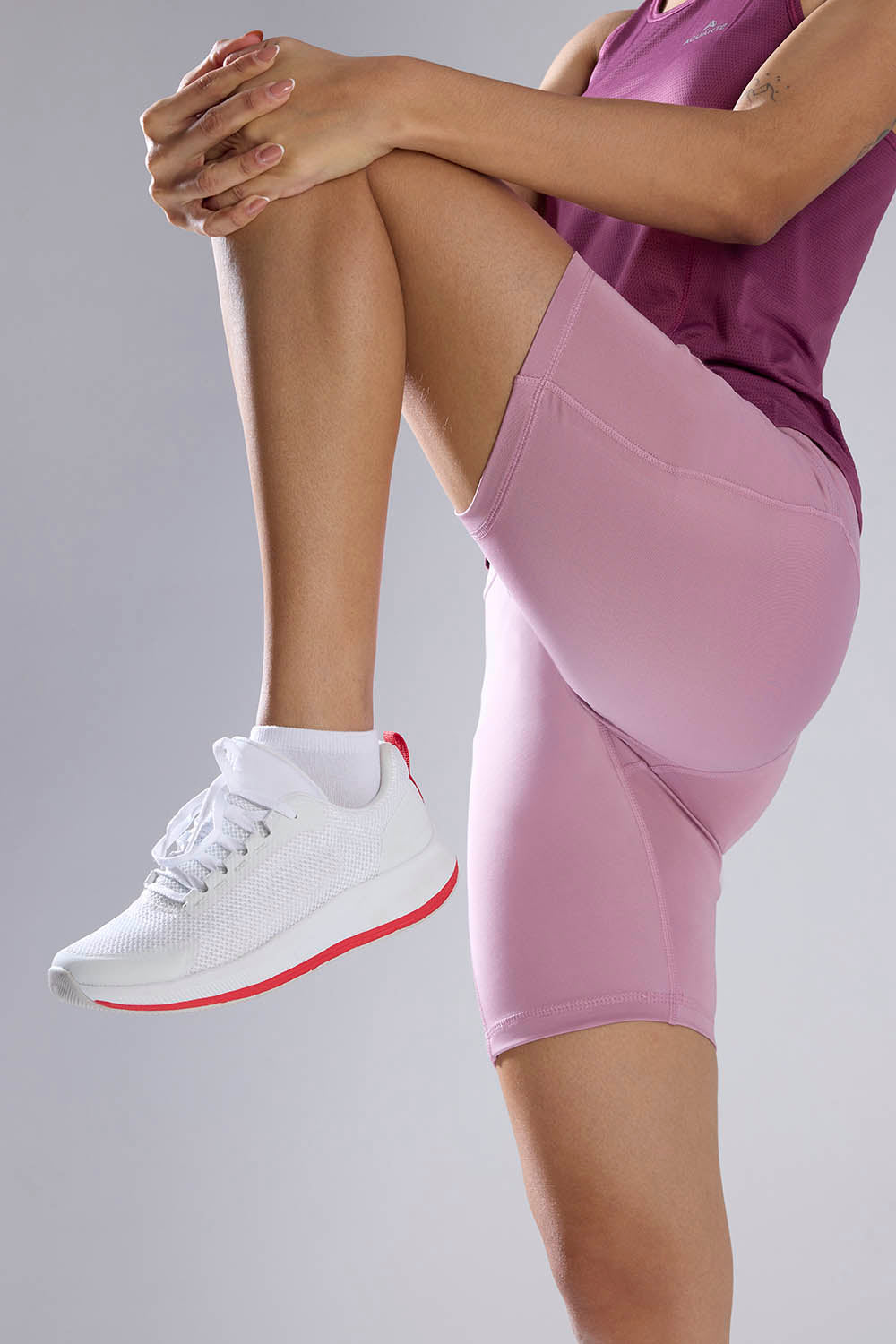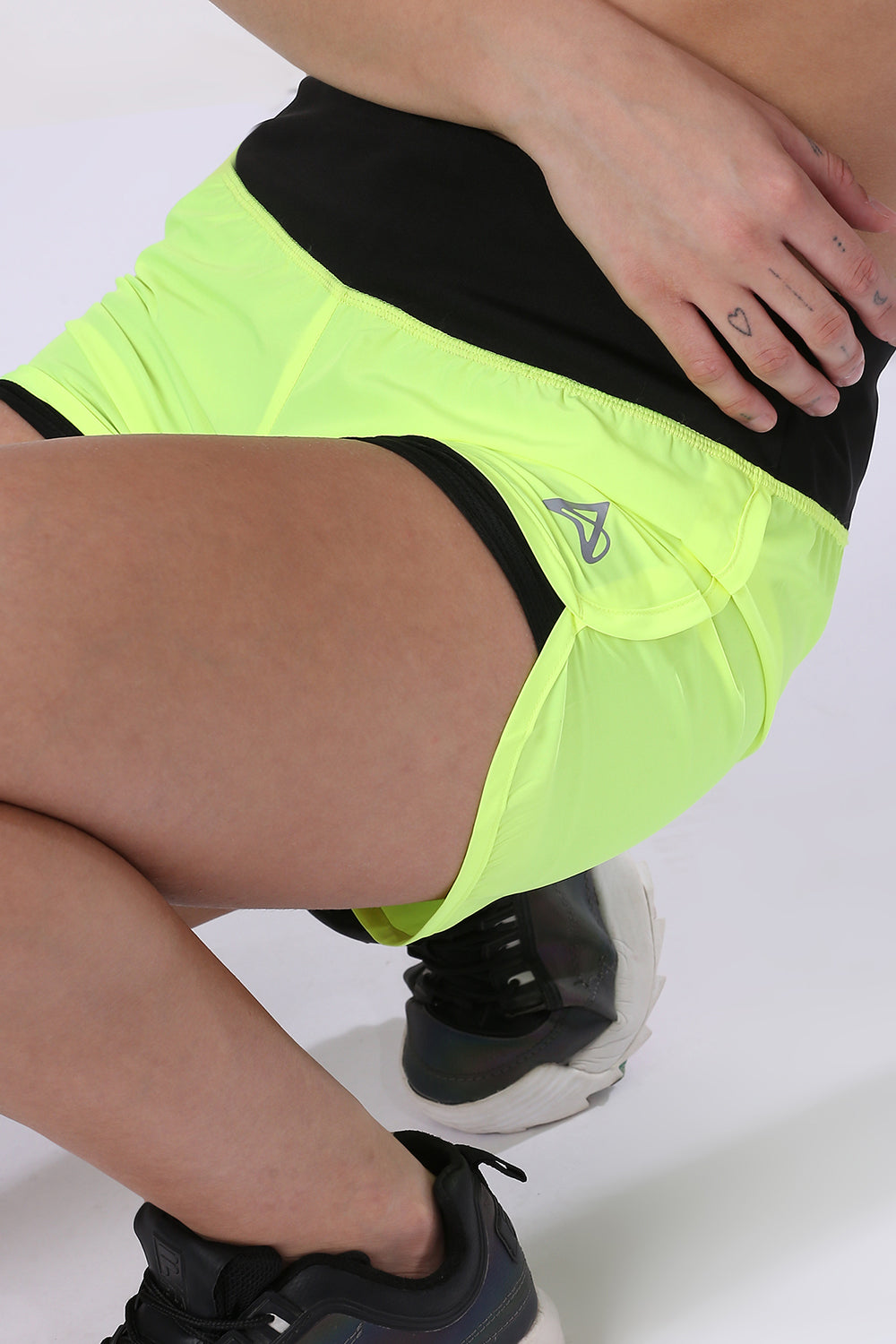Picture this: You're pounding the pavement in Mumbai's sweltering summer heat, jogging along the iconic Marine Drive as the sun beats down mercilessly. Your high-end imported activewear, crafted for temperate European climates, turns into a soggy nightmare, trapping moisture and sapping your energy. This all-too-common scenario underscores a transformative shift sweeping India's fitness landscape one where apparel isn't just about style or speed, but survival in a land of climatic extremes. Brands are now engineering garments that confront India's scorching deserts, drenching monsoons, and biting mountain colds head-on, redefining activewear for a billion-plus population on the move.
India's vast expanse from the frozen peaks of the Himalayas to the arid plains of Rajasthan presents a unique challenge for anyone breaking a sweat outdoors. Consumers, increasingly vocal about their needs, are pushing back against one-size-fits-all imports. They're seeking gear that adapts to local realities, and the market is responding with vigor. As detailed in a comprehensive industry analysis, India's sports apparel sector stood at a valuation of USD 705.85 million in 2024, with projections soaring to USD 1,592.58 million by 2030, achieving a compound annual growth rate (CAGR) of 14.52%.India Sports Apparel Market This isn't mere economic trivia; it signals profound societal changes, where climate awareness intersects with daily routines and physical pursuits.
At the heart of this expansion lies a nationwide awakening to wellness. With urban sprawl drawing crowds into concrete jungles plagued by smog and erratic weather, fitness has become a lifeline. People aren't just joining gyms in droves or registering for marathons; they're embracing active lifestyles amid rising temperatures and pollution spikes. This momentum stems from greater health awareness, boosted sports involvement, and city living's demands. Youngsters, in particular, drive the surge think schoolkids in cricket kits or college students hitting yoga mats. Their preferences lean toward athleisure that doubles as everyday attire: versatile pieces blending comfort, functionality, and flair.
The numbers tell a compelling story of evolution. What began as niche demand for basic sportswear has ballooned into a sophisticated industry. International labels and homegrown players alike are staking claims, leveraging online platforms to reach every corner. Yet, the real innovation happens when design meets India's unforgiving elements. Moisture management tops the list fabrics that pull sweat away during humid spells in Kolkata or insulate during Delhi's foggy winters. No longer satisfied with cotton tees that weigh you down, buyers opt for advanced synthetics offering stretch, breathability, and even UV defense.
Tired of gear that slows you down? Chafing, soggy fabrics, and missing pockets kill your run's momentum. At Aguante, we're runners who get it. Our high-performance activewear features moisture-wicking fabrics, ergonomic designs, and smart storage to keep you focused. Shop Now!
Why Climate Dictates Design Innovation
India's climate isn't uniform; it's a mosaic of micro-environments demanding tailored solutions. Coastal areas battle sticky humidity, while inland regions endure dust storms and blistering dry heat. Mountainous zones flip the script with sub-zero dips. Global brands, often calibrated for milder zones, frequently falter here, leading to discomfort and discarded gear. This gap has birthed climate-specific apparel: ultra-light tops for tropical swelter, thermal layers for high-altitude treks.
Local manufacturers are at the forefront, fusing age-old fabrics like breathable khadi with cutting-edge tech. These hybrids withstand intense sun without fading or harbor bacteria in damp conditions. E-commerce amplifies access a tech professional in Bengaluru orders anti-sweat leggings for morning runs, while a fisherman in Chennai grabs quick-dry shorts resilient to salt spray. Fashion's evolution plays a part too; activewear now moonlights as street style, with consumers prioritizing items that endure 45-degree afternoons yet look sharp for evening outings.
This market dynamism, as the report highlights, thrives on multiple pillars. Both foreign and Indian companies broaden footprints, buoyed by digital sales and evolving tastes robust growth. Shoppers favor garments with moisture-wicking properties, elasticity, and aesthetic appeal for gym sessions or casual errands. Governmental efforts, such as nationwide sports promotion drives, inject further energy, alongside climbing household earnings that make premium gear attainable. Urbanization accelerates it all, turning fitness into a cultural staple and apparel into essential armor against the elements.
Diving deeper, the preferences reveal practicality. Anti-microbial treatments combat odor in sweaty environs, while thermal tech regulates body heat across seasons. It's not exaggeration to say these features save workouts and health in a country where heatwaves claim lives annually. Brands that ignore this do so at their peril; success hinges on understanding that in India, apparel must multitask as shield, enhancer, and statement.
Brands Navigating India's Weather Challenges
Stroll through a bustling mall in Hyderabad or browse virtual storefronts, and the adaptation is palpable. Shelves brim with zone-targeted innovations: cooling threads woven for southern sultriness, wind-proof shells for northern gusts. For a Gujarat marathoner, sleeves with built-in sun blocks prevent burns; in Himachal's trails, cyclists don jackets that repel rain without stifling breathability.
Youth fuel this fire. Events like Pune's marathons attract hordes in dust-resistant, hydration-friendly outfits. Sustainability enters the fray too recycled polyester that holds up to environmental rigors, from fading rays to mold-prone storage. The sector's trajectory, poised for that 14.52% CAGR leap, relies on such ingenuity. Online marketplaces democratize it, shipping smart options to rural outposts once limited to generic wares.
Consider the broader implications. As participation in fitness and sports escalates, so does the call for performance wear that aligns with athleisure trends. International entrants bring global tech, but domestics counter with cost-effective, climate-attuned alternatives. E-commerce's role can't be overstated; it connects remote consumers to innovations once urban exclusives. Changing preferences toward stylish, functional blends mirror global shifts but with an Indian twist: resilience baked in.
Government backing adds thrust. Programs like Fit India not only encourage activity but indirectly spur investments in supportive gear. Rising incomes seal the deal, enabling splurges on durable items that brave monsoons without disintegrating. The result? A market not just growing, but maturing into one where climate specificity isn't a luxury it's standard.
Overcoming Hurdles in a Booming Sector
Growth brings growing pains. Fake products inundate shelves, eroding confidence in authentic tech claims. Emerging labels grapple with steep research costs for breakthrough materials, from nano-coatings to smart fabrics. Supply chains strain too, sourcing UV-resistant dyes or anti-fungal agents amid global disruptions.
Opportunities gleam brighter, though. Partnerships between textile powerhouses in Tirupur and Silicon Valley-esque startups could yield wonders: garments embedded with sensors tracking hydration in real-time, adjusting fit via apps. Policy winds favor this fitness incentives draw capital, while urbanization demands hybrid outfits for AC offices morphing into outdoor commutes.
Counterfeits aside, education gaps persist; consumers must discern genuine moisture-wicking from marketing fluff. Brands counter with certifications and transparency, building loyalty. As the industry eyes 2030's milestone, sustainability looms large eco-fabrics that perform without harming the planet India fights to protect from climate change itself.
Toward a Climate-Resilient Active Future
In essence, this surge marks India's activewear coming of age. Apparel transcends fabric; it empowers movement in a diverse, demanding land. From Mumbai's humid chaos to Ladakh's serene colds, these innovations let millions pursue health unhindered. Hitting USD 1,592.58 million by 2030 isn't just a forecast it's a testament to adaptation, where what you wear equips you to conquer both workout and weather. In an era of climate uncertainty, that's not just smart; it's essential. And for India's fitness enthusiasts, it's the ultimate win staying cool, dry, and ahead of the curve.
Frequently Asked Questions
What is climate-specific activewear and why is it important for India?
Climate-specific activewear refers to fitness apparel engineered to handle India's diverse weather conditions, from scorching desert heat and humid monsoons to cold mountain climates. Unlike generic imported sportswear designed for temperate regions, these garments feature advanced technologies like moisture-wicking fabrics, UV protection, thermal regulation, and anti-microbial treatments. This specialized approach is crucial because India's extreme climatic variations demand gear that can perform across 45-degree afternoons in Rajasthan, humid coastal conditions in Chennai, and sub-zero temperatures in the Himalayas.
How fast is India's sports apparel market growing and what's driving this expansion?
India's sports apparel market is experiencing explosive growth, valued at USD 705.85 million in 2024 and projected to reach USD 1,592.58 million by 2030, representing a compound annual growth rate (CAGR) of 14.52%. This surge is driven by multiple factors including increased health awareness among urban populations, rising youth participation in fitness activities, government initiatives like Fit India, growing household incomes, and the popularity of athleisure that blends performance with everyday style. E-commerce platforms have also democratized access, allowing consumers from remote areas to purchase advanced activewear previously available only in urban centers.
What innovative features should I look for in Indian climate-appropriate activewear?
Key features to prioritize include moisture-wicking technology that pulls sweat away during humid conditions, breathable fabrics that prevent overheating, UV protection for intense sun exposure, and anti-microbial treatments to combat odor in sweaty environments. For varied climates, look for thermal regulation properties that work across seasons, quick-dry materials resilient to monsoons and humidity, and advanced synthetics offering stretch and durability. Many brands now combine traditional breathable fabrics like khadi with cutting-edge technology, creating hybrids that withstand India's harsh elements while providing comfort and style for both workouts and casual wear.
Disclaimer: The above helpful resources content contains personal opinions and experiences. The information provided is for general knowledge and does not constitute professional advice.
You may also be interested in: Anti-Chafing Running Shorts Gain Favor Among Athletes
Tired of gear that slows you down? Chafing, soggy fabrics, and missing pockets kill your run's momentum. At Aguante, we're runners who get it. Our high-performance activewear features moisture-wicking fabrics, ergonomic designs, and smart storage to keep you focused. Shop Now!
Powered by flareAI.co


